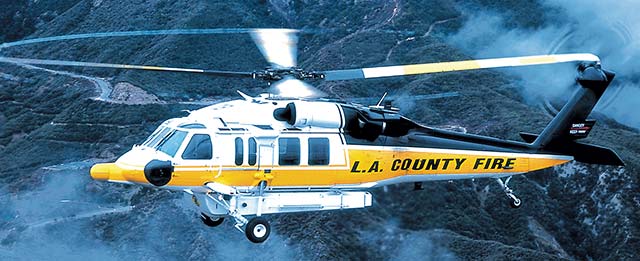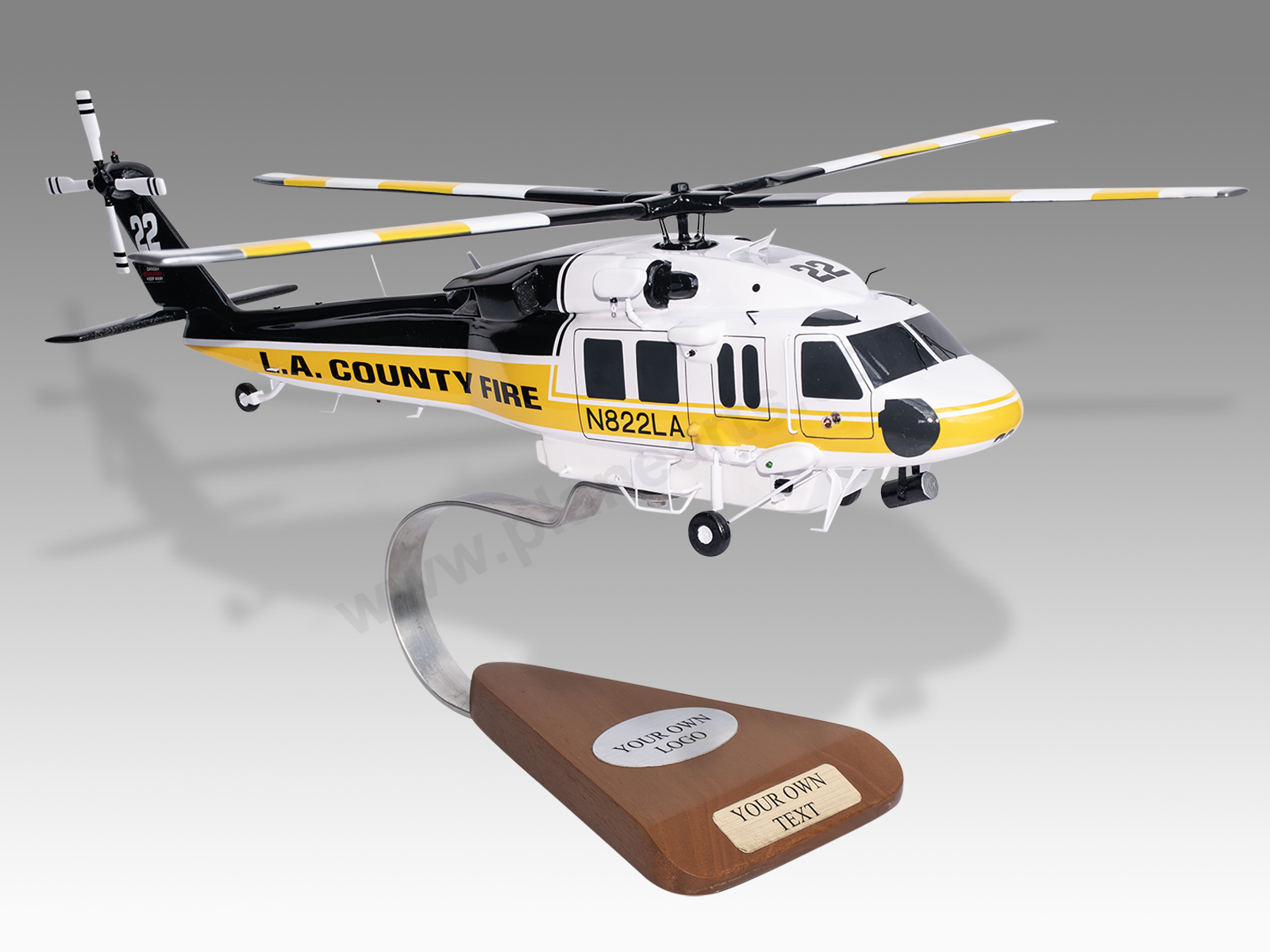Why the Sikorsky S 70 is the Preferred Option for Modern Helicopter Missions
Why the Sikorsky S 70 is the Preferred Option for Modern Helicopter Missions
Blog Article
Modernized Vertical Lift System With Advanced Compound Frameworks and Enhanced Security Procedures
In the world of upright lift systems, a considerable shift towards innovation has actually been observed, driven by the assimilation of sophisticated composite structures and increased safety measures. In discovering the merging of innovation and safety in modern-day lift platforms, a compelling story emerges, showcasing the possibility for transformative improvements that cater to the ever-evolving demands of commercial industries.
Advancement of Vertical Lift Systems

The evolution of vertical lift platforms can be mapped back to standard wheel systems and very early elevator designs. In time, advancements such as hydraulic systems, electrical motors, and progressed control devices have actually vastly improved the efficiency and security of these platforms. Producers have likewise focused on improving the security, reach, and load-bearing capabilities of vertical lift platforms to satisfy the diverse needs of different industries.
Furthermore, the integration of smart technologies like sensors, IoT connectivity, and automation features has further changed the capacities of modern-day upright lift platforms. These technological enhancements not just boost functional efficiency but also ensure enhanced security requirements for workers utilizing these systems at numerous elevations. The continuous evolution of upright lift platforms underscores their essential role in boosting upright movement across sectors.
Combination of Advanced Composite Frameworks

In addition, making use of advanced composite materials permits even more facility and maximized structural designs, allowing engineers to customize the system's properties to satisfy certain efficiency needs. This customization can result in improved aerodynamics, decreased vibrations, and enhanced overall safety during operation. The integration of advanced composite structures also adds to a reduction in upkeep prices and downtime, as these products display exceptional resistance to ecological aspects and have a longer life span compared to conventional materials. Overall, the incorporation of advanced composite frameworks in modern-day upright lift systems represents a significant development in aerospace innovation, resulting in more efficient, trusted, and safer airborne transport systems.
Improved Safety Actions Application
Carrying out improved safety and security actions is vital in making certain the optimum efficiency and reliability of modern vertical lift platforms. One key aspect of enhanced safety steps is the combination of sophisticated sensor innovations to keep track of different specifications in real-time.

Market Applications and Advantages
With developments in modern technology and engineering, improved vertical lift systems have discovered varied applications across numerous industries, using substantial benefits in effectiveness and performance. In the manufacturing market, these systems improve the procedure of transporting heavy products and tools within facilities, minimizing hand-operated handling and enhancing operational effectiveness. The building and construction industry gain from upright lift systems by making it possible for workers to gain access to raised locations securely and successfully, improving general job timelines. Warehousing and logistics firms make use of these platforms to optimize storage area use and promote quicker selecting and packaging processes.
In addition, upright lift systems play a critical duty in the repair and maintenance of infrastructure such as bridges, high-voltage line, and structures, enabling service technicians to reach unattainable areas easily (sikorsky s 70). The aeronautics sector likewise leverages these platforms for airplane upkeep and assembly tasks, boosting process effectiveness and guaranteeing employee security at heights. Generally, the widespread adoption of up-to-date upright lift systems across markets highlights their adaptability and the considerable improvements they offer different procedures
Future Trends in Lift System Technology
Incorporating innovative automation and intelligent attributes, try this website lift platform technology is positioned to reinvent vertical transport systems in the future. One vital fad is the combination of Internet of Points (IoT) technology, making it possible for lift platforms to communicate real-time information for predictive upkeep, enhancing efficiency, and improving safety and security. Expert system and equipment knowing formulas are likewise being included to assess patterns, predict possible issues, and enhance efficiency. The usage of innovative materials such as carbon fiber composites is on the increase, offering enhanced longevity and strength while browse around here minimizing total weight. Boosted precaution, including biometric authentication and emergency action systems, are coming to be typical features to make sure guest security. Additionally, modular styles and customizable setups are getting popularity, permitting better adaptability to various environments and demands. As lift system modern technology proceeds to advance, these fads are readied to form the future of upright transport, making it more efficient, safe, and user-friendly.
Verdict
To conclude, the modernized upright lift platform showcases the advancement of innovation in the industry. By incorporating advanced composite frameworks and enhanced security measures, this system uses enhanced performance and security for numerous applications. The industry can profit greatly from these innovations, and future trends in lift system modern technology are likely to proceed surpassing these advancements for also higher success and effectiveness.
In the realm of upright lift systems, a considerable change towards modernization has actually been observed, driven by the assimilation of sophisticated composite frameworks and enhanced safety procedures. The continual evolution of vertical lift platforms emphasizes their indispensable function in boosting upright mobility across markets.

The unification of innovative composite structures in modern vertical lift systems has actually significantly enhanced their structural stability and efficiency capacities. By incorporating these innovative composites into the design and construction of vertical lift platforms, makers can lower overall weight, increase load-carrying capability, and improve like this the system's durability and durability.
Carrying out boosted safety steps is crucial in ensuring the optimal performance and reliability of modern vertical lift platforms.
Report this page